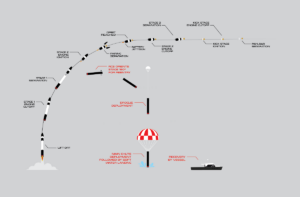
Peter Beck, the founder and CEO of California-based Rocket Lab, said the U.S. Space Force will be able to take advantage of the company's reusable rockets or new ones, as Rocket Lab moves toward its first recovery of the first stage of an Electron rocket during its next mission, the ‘Return to Sender’ launch, scheduled for lift-off in mid-November. "Ultimately, we'll always do what the customer wishes so if the Space Force is happy to fly a reused vehicle, then…














